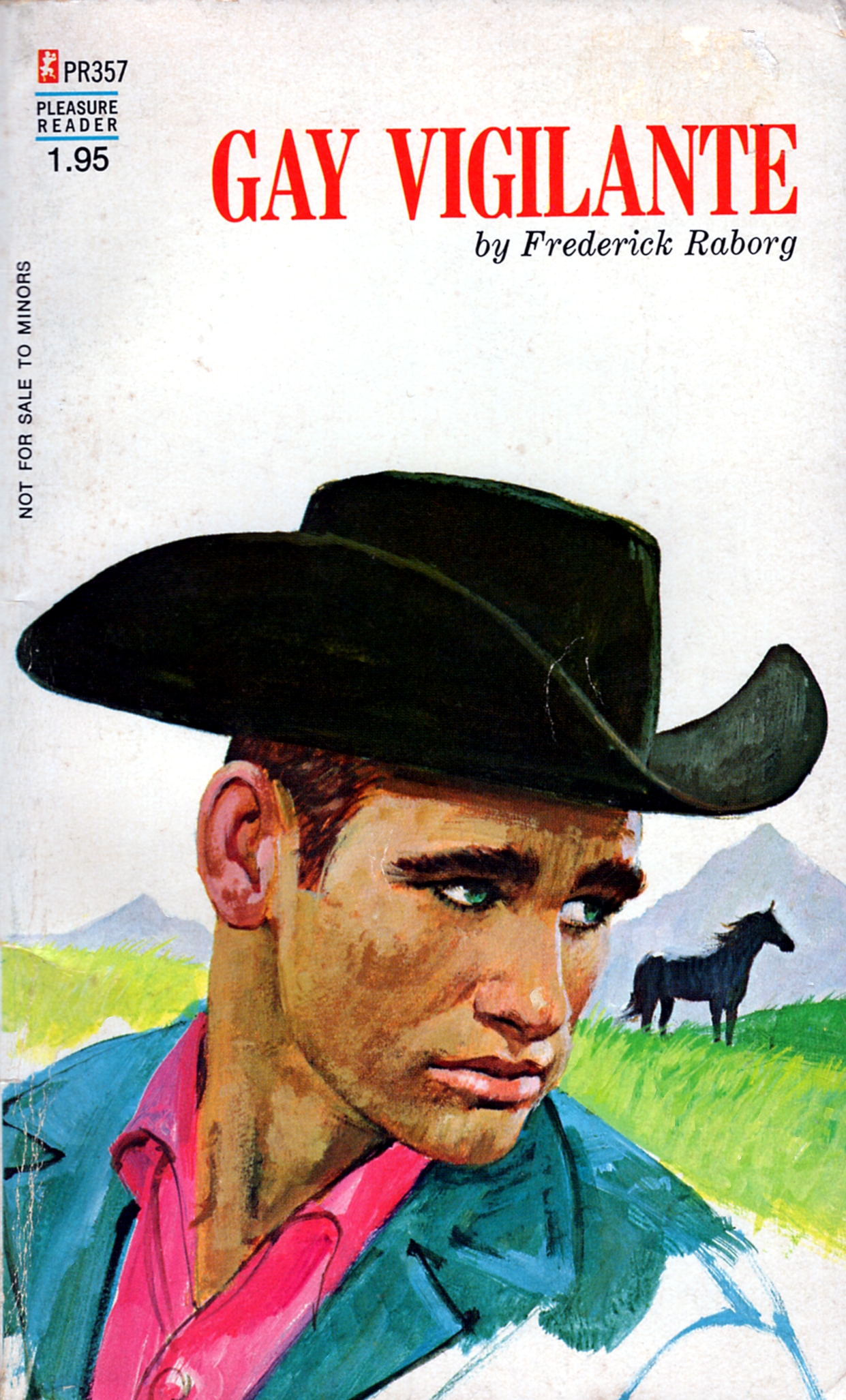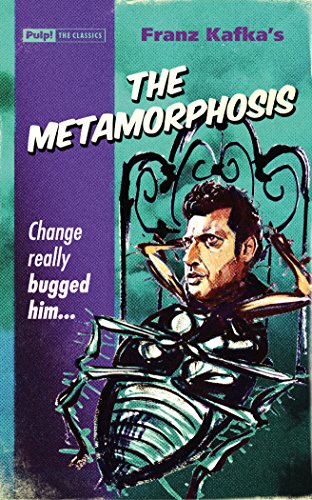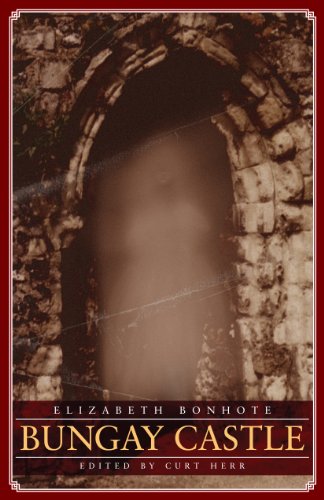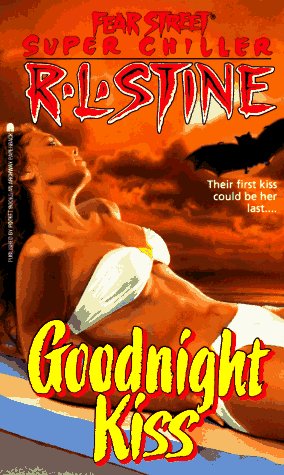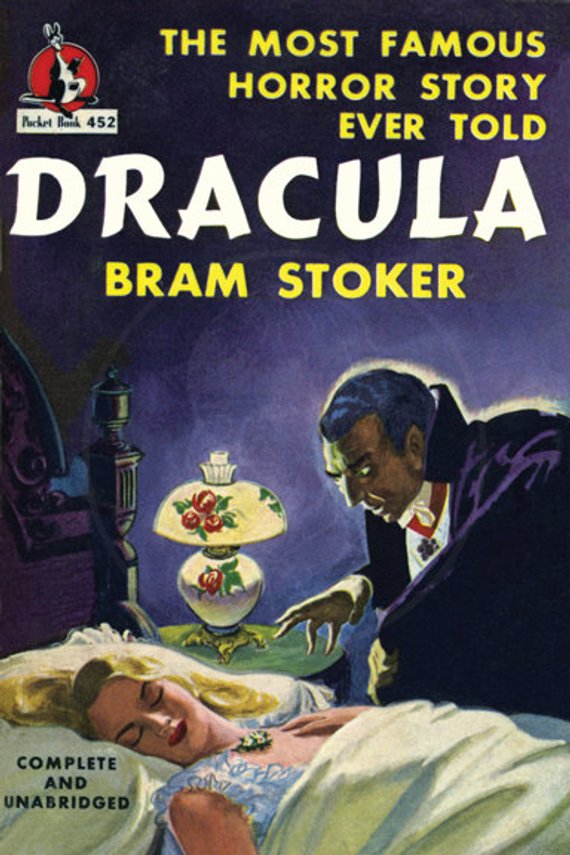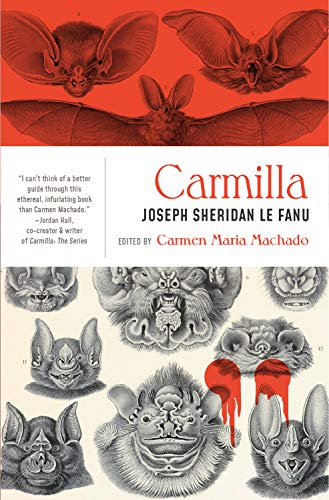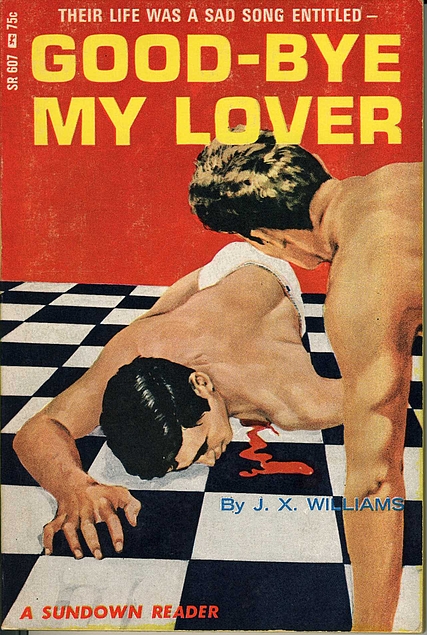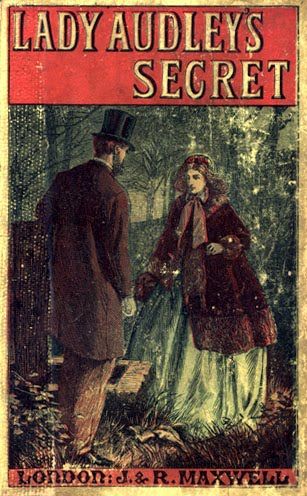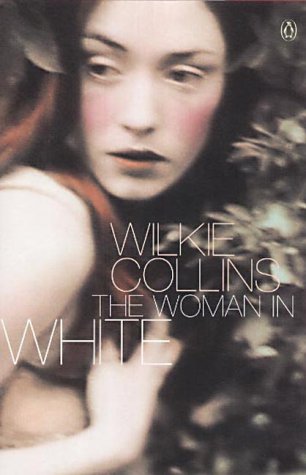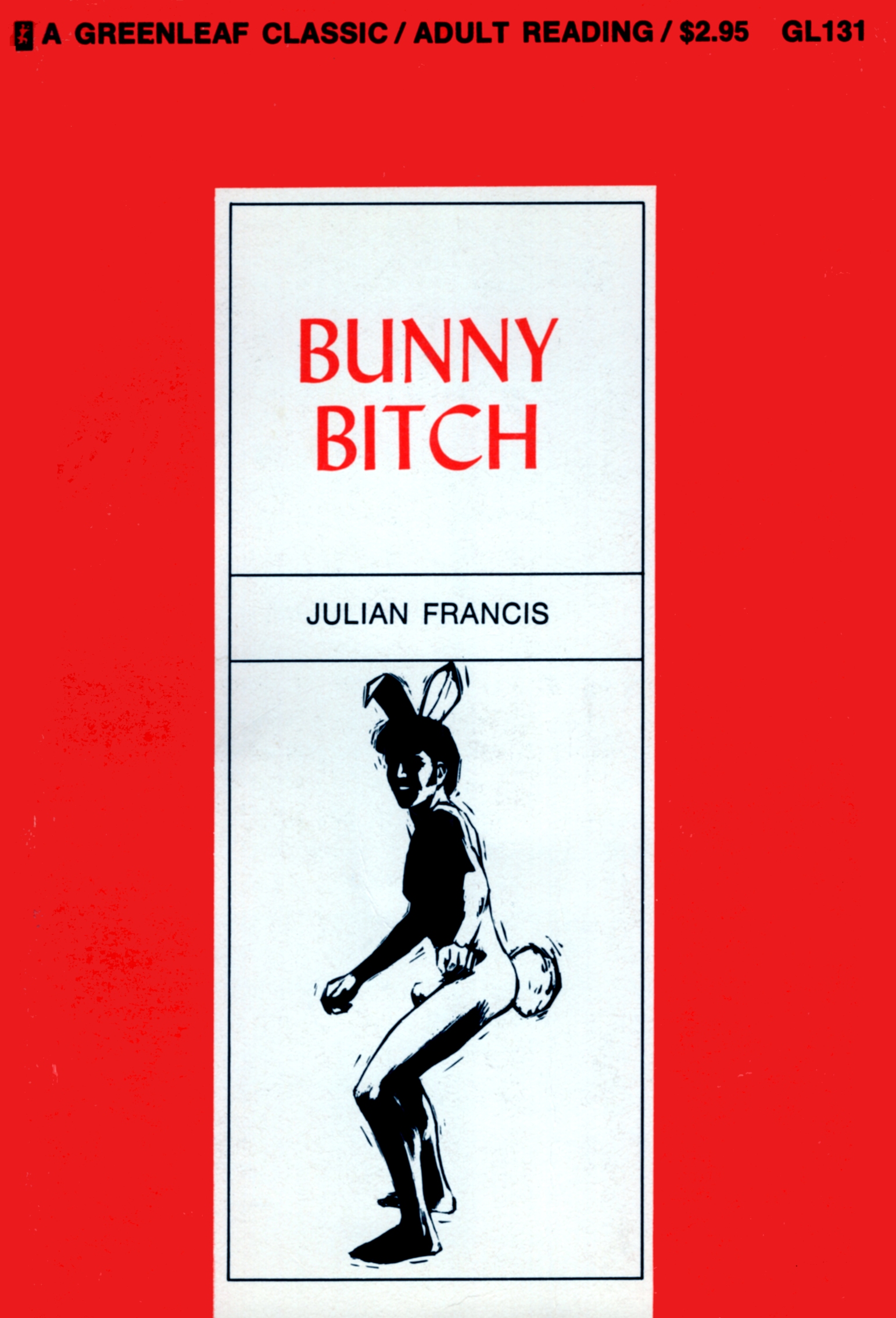
This 1969 gay pulp novel got labeled as “Adult Only” entertainment when it was published, but it’s much more about true love than naughty exploits.
Steve Saville is the “head of computer division” for a big corporation. He’s 34, lonely, socially awkward, self-conscious, and carries baggage from painful past relationships. Thinking that he’s not meant for happiness, he is just confident enough to dance with attractive Ben “Bunny” Farrow at a party only because he’s rumored to be a hustler.
Read more “Julian Francis – Bunny Bitch (1969)”
